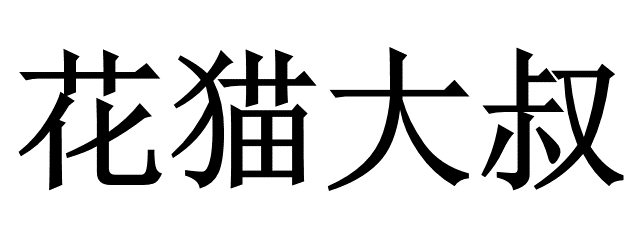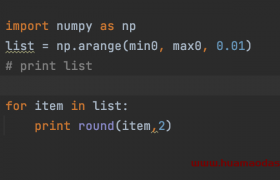美国程序员面试题
An integer number can be encoded as an array as follows. Each digit n of the number is represented by n zeros followed by a 1. So the digit 5 is represented by 0, 0, 0, 0, 0, 1. The encodings of each digit of a number are combined to form the encoding of the number. So the number 1234 is encoded as the array {0, 1, 0, 0, 1, 0, 0, 0, 1, 0, 0, 0, 0, 1}. The first 0, 1 is contributed by the digit 1, the next 0, 0, 1 is contributed by the digit 2, and so on.
There is one other encoding rule: if the number is negative, the first element of the encoded array must be -1, so -201 is encoded as {-1, 0, 0, 1, 1, 0, 1}. Note that the 0 digit is represented by no zeros, i.e. there are two consecutive ones!
Write a method named decodeArray that takes an encoded array and decodes it to return the number.
You may assume that the input array is a legal encoded array, i.e., that -1 will only appear as the first element, all elements are either 0, 1 or -1 and that the last element is 1.
If you are programming in Java or C#, the function prototype is int decodeArray(int[ ] a)
If you are programming in C or C++, the function prototype is int decodeArray(int a[ ], int len);
花猫大叔
测试样例:
java 实现代码:
package com.zzy;
/**
* 更多请关注: http://huamaodashu.com
* Created by huamaodashu on 06/08/2018.
*/
public class ecodeArray {
public static void main(String[] args) {
// int[] a = {-1,0,0,1,1,0,1};
// int[] a = {-1,0,1};
// int[] a = {0, 1, 1, 1, 1, 1, 0, 1};
int[] a = {0,0,0,0,0,0,0,0,0,1,0,0,0,0,0,0,0,0,0,1,0,0,0,0,0,0,0,0,0,1};
System.out.println(decodeArray(a));
}
public static int decodeArray(int[] a){
//assume的条件是否要检查
int flag =0;
int i =0;
if(a[0] == -1){
flag=1;
i = 1;
}
int count = 0;
int sum = 0;
for ( ; i < a.length; i++) {
if(a[i]==0){
count++;
}else if(a[i] == 1){
sum = sum * 10 + count;
count = 0;
}
}
if(flag == 1){
sum = -sum;
}
return sum;
}
}



